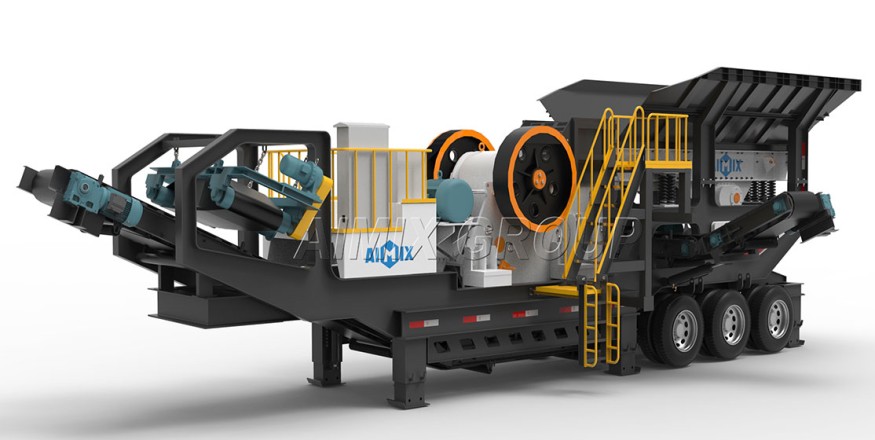-
info_outline 資料
-
toc 目錄
-
share 分享
-
format_color_text 介面設置
-
exposure_plus_1 推薦
-
 打賞
打賞
-
report_problem 檢舉
-
account_circle 登入

The layout of a crushing plant plays a crucial role in optimizing production efficiency, ensuring safety, and maximizing the utilization of space and resources. A well-planned layout facilitates smooth material flow, minimizes downtime, and enhances overall operational effectiveness. Here, we explore key considerations and strategies for arranging the layout of a crushing plant.
Understanding the Objectives
Before arranging the layout of a jaw crusher plant, it's essential to define the objectives and operational requirements. Consider factors such as:

Production Capacity: Determine the desired production capacity of the crushing plant to meet project requirements and production targets.
Material Flow: Plan the layout to facilitate efficient material flow from primary crushing to screening, secondary crushing, and stockpiling.
Safety and Accessibility: Ensure that the layout prioritizes safety and accessibility for maintenance, inspection, and operation.
Space Utilization: Optimize the use of available space to accommodate equipment, stockpiles, and infrastructure while allowing room for future expansion.
Primary Considerations in Layout Design
When arranging the layout of the stone crusher plants, several primary considerations should guide the design process:
Primary Crushing: Position the primary crusher centrally within the layout to minimize haulage distances and facilitate efficient material flow. The primary crusher should be strategically located to receive blasted or excavated material and feed downstream processing equipment.
Material Handling: Design the layout to streamline material handling operations, including loading, hauling, and stockpiling. Consider integrating conveyor systems to transport material between processing stages and minimize manual handling.
Screening and Classification: Incorporate screening and classification equipment into the layout to separate materials of different sizes and specifications. Ensure that screening units are strategically positioned to optimize screening efficiency and minimize material handling.

Secondary Crushing and Tertiary Processing
After primary crushing and screening, arrange the layout to accommodate secondary and tertiary crushing stages, as well as additional processing equipment:
Secondary Crushers: Position secondary crushers in close proximity to primary crushing units to minimize material transport distances and optimize production efficiency.
Tertiary Processing: Arrange tertiary processing equipment, such as cone crushers or vertical shaft impactors, to efficiently process fine aggregates and shape the final product.
Stockpiling and Material Management
Incorporate designated areas for stockpiling finished products, intermediate materials, and oversized aggregates:
Stockpile Management: Designate separate stockpile areas for different materials, such as aggregates, fines, and recycled products. Implement proper stockpile management practices to prevent segregation, contamination, and material loss.
Material Reclamation: Plan for material reclamation and recycling by incorporating designated areas for storing and processing recycled materials.
 0 個打賞留言
0 個打賞留言每次催更後,作者都會收到通知!
smartphone100 → 催更
→ 催更




